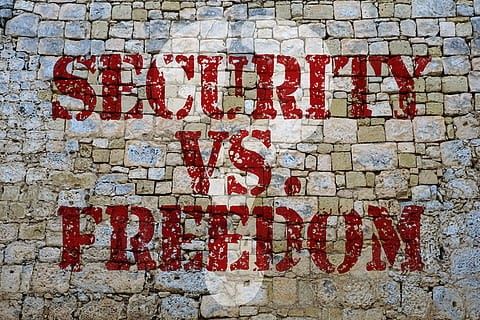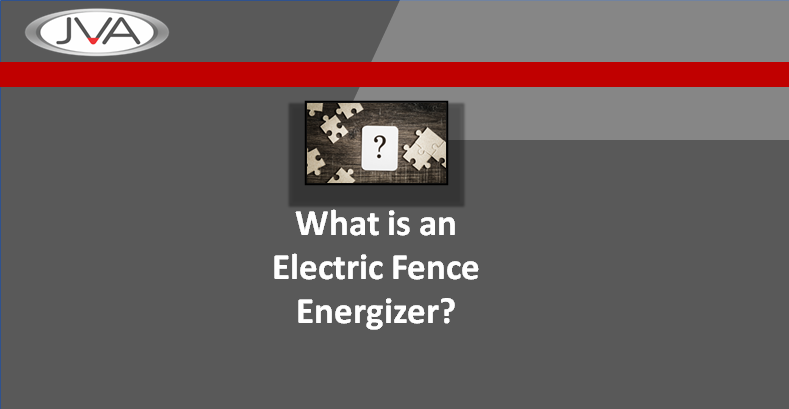The main security fence types are agricultural and security and the basic principles that govern a good fence remain the same. The first thing you’ll want to do when designing any fence system is the following checks:
- Ownership of property and build permission
- Regulatory requirements and fence lines
- Purpose and aesthetic requirements
Get all of this in writing to ensure that you don’t come unstuck later down the line with an issue like accidentally building a fence on the wrong person’s land (yeah, that really happens).
Once you’ve dotted your i’s and crossed your t’s the next job on your list is to plan the corner posts. These need to be designed with the specific ground conditions in mind. In the south of Texas, for example, posts are driven into the ground up to 8 feet deep with stays. The key thing to remember is that the tension of the wire or mesh of the fence has to be maintained to ensure an effective fence. For that reason, I always recommend stays on corner posts for security fences. These are the backbone of the fence and they ensure that the security fence system is strong enough to be effective.

The D Factor
The next key consideration is the D factor. You need to determine how high on the agenda each of the following is:
- Demarcation – any fence will demarcate a line, so just ensure that it’s in the right place.
- Deflection – a good fence will send the casual trespasser off to another target and save you the pain of dealing with a potential problem.
- Deterring ability – a good structure will be enough to make a casual thief look for an easier target.
- Detection – a determined intruder needs to be detected and the responder needs to be alerted.
- Delay – for the least loss in an intrusion situation the intruder needs to be delayed to give the responder the maximum time to get to the site.
- Dependability – this is about choosing the right tools for the work at hand. Look at the track record of the company you’re considering partnering with, as well as the history of the equipment being specified by them. If you don’t have much experience in this area, you’re going to need to do your research thoroughly (the more the better).
Systems and Alerts
JVA has some superb kit for your security fence installation. I recommend the following for low deterring capabilities which can all be found in our catalog (linked below):
- Vibration monitoring
- Taut-wire monitoring
- Low voltage monitoring
- Wireless monitored Roboguard system
For high deterring capabilities, take a look at our high-voltage monitoring products on pages 5-7 of our catalog.
Once you’ve chosen and installed your security fence system, it needs to be configured to alert the responder in some way. This could be one of the following:
- On-site alert directly from the outputs of the equipment – sirens or strobe lights.
- GSM communicator sending out SMS’s.
- A remote monitoring cloud router to record events & send emails.
- Perimeter patrol for onsite management of one or many sites.
Check out our fence monitors here or drop us a line if you’re not sure which product is right for you.
How to Plan a Security Fence SystemSo there you have it: a brief overview of the key considerations needed when planning a security fence installation.
The challenge many people face is that there’s no one size fits all design for a security fence. Among other factors, the level of security required will determine the specifications of the design. And, when high security is required, a combination of systems may be needed to ensure proper protection.
Not sure what you need for your security fence installation? Need a system designed? Drop me, Billy, a line. I’m always on hand with obligation-free advice for your security fence project.
#AskJVABilly




